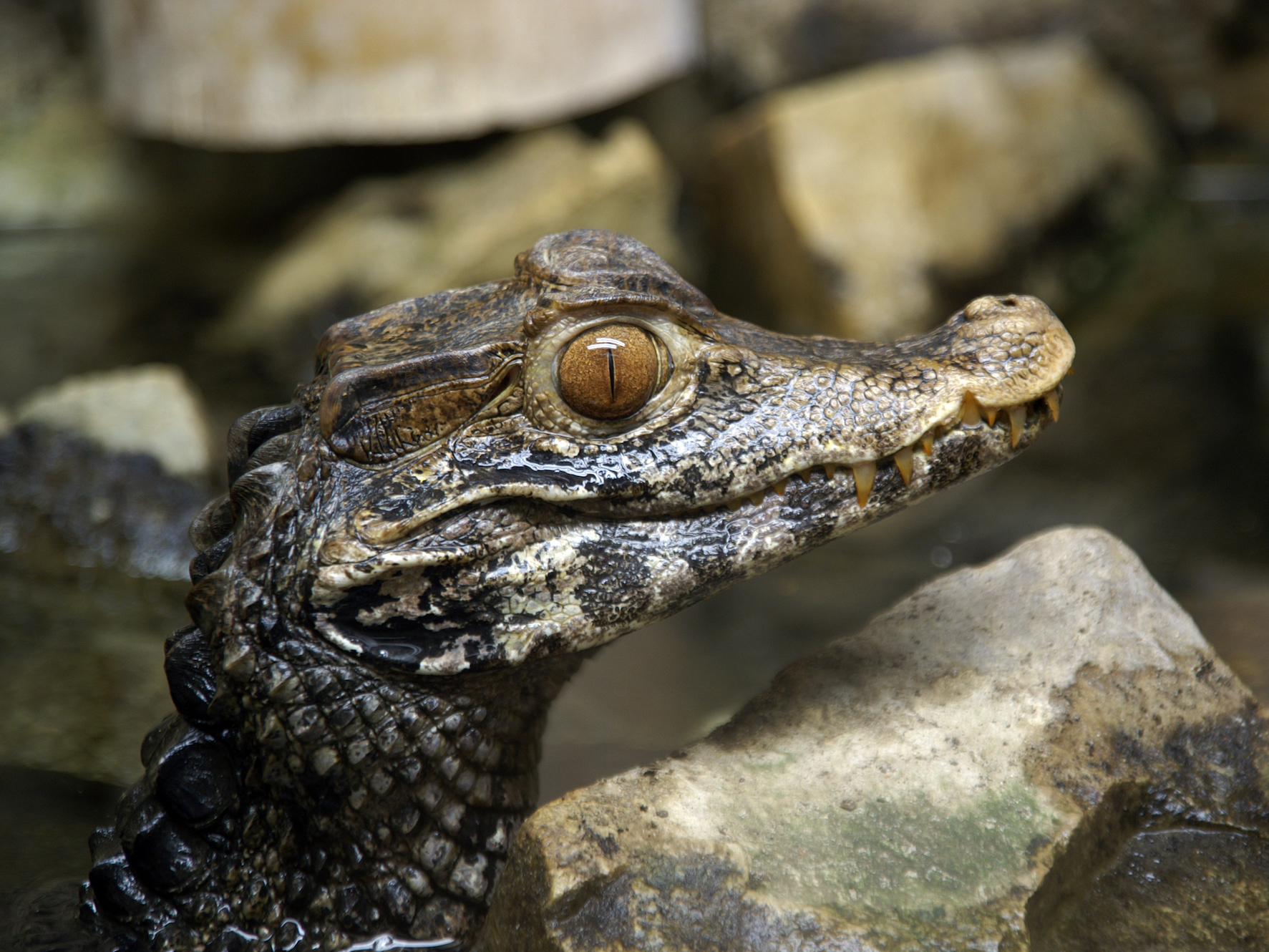- A team of specialists rescued 73 crocodile hatchlings last week from the canals surrounding a nuclear power plant in South Florida, the Associated Press reported.
- The unlikely spot has become one of the top three habitats for crocodiles in the US, housing 25% of the 2,000 remaining crocodiles in the country.
- The specialists, who have been monitoring and protecting the crocodiles in the canals since 1978, have been credited with helping move the classification for American crocodiles from “threatened” to “endangered” on the Endangered Species Act.
- Visit INSIDER’s homepage for more.
First came Chance the Snapper, then came the power plant crocodiles.
After a rogue alligator made headlines for evading capture in a Chicago lagoon earlier this month, another group of adventurous reptiles is stealing the spotlight. Last week, a team of specialists uncovered 73 crocodile hatchlings from a canal surrounding a nuclear power plant in South Florida, the Associated Press reported.
Read more: Still on the loose, Chicago voted to name an escaped alligator ‘Chance the Snapper’
The young crocodiles are among hundreds that live within the man-made canals surrounding Florida Power & Light’s Turkey Point nuclear plant. Though American crocodiles remain on the endangered species list, they appear to be finding their stride from among the 168-mile stretch of canals. According to the AP, the canals are currently home to 25% of the 2,000 existing crocodiles in the US and have become one of three major habitats for the species.
The steady growth of the crocodile population is largely attributed to the team of specialists affiliated with the plant that have been monitoring and protecting the reptiles since 1978. Thanks in large part to their work, the classification for American crocodiles on the Endangered Species Act shifted from "threatened" to "endangered" in 2007.
One such specialist is Michael Lloret, a wildlife biologist and crocodile specialists for Florida Power & Light, who from January to April is tasked with creating berms for the crocodiles to nest safely. Once the eggs hatch, Lloret and the team capture, measure, and tag the crocodiles with microchips to monitor their development, before relocating them to increase the chance of survival.
Few crocodile hatchlings make it to adulthood, Lloret said, due to their status at the bottom of the food chain. In the canals, the team can at least protect from them outside predators like humans, who played a significant role in their endangerment due to hunting and killing crocodiles out of fear of attack.
"American crocodiles have a bad reputation when they are just trying to survive," Lloret told the AP. "They are shy and want nothing to do with us. Humans are too big to be on their menu."

